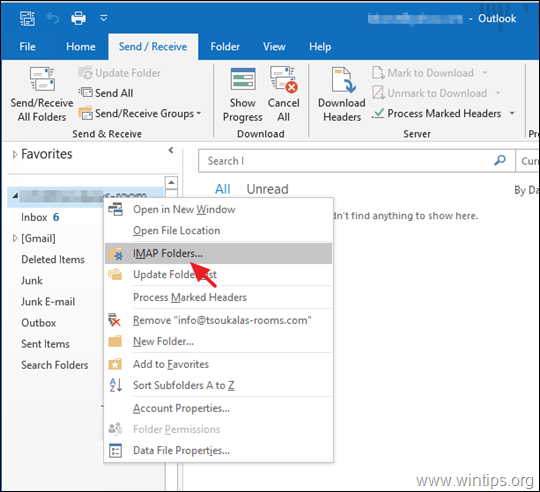

When the pointer becomes a, drag it toward the edge until the Navigation Pane is collapsed into the minimized version. Point to the edge of the expanded Navigation Pane. Repeat the same action over the edge of the minimized Navigation Pane to expand it. When the pointer becomes a, double-click to minimize.

On the View tab, in the Layout group, click Navigation Pane, and then click Normal or Minimized. This arrow is also available in the Navigation Pane header in other views, such as Contacts and Calendar. To expand the minimized Navigation Pane, click the arrow at the top. To minimize the expanded Navigation Pane, click the arrow in the upper corner. Choose the one that best fits your working style. There are several ways to minimize and expand the Navigation Pane.

And you can still view your Folder List in a Folder List pane that opens from the minimized Navigation Pane. The slim profile of the minimized Navigation Pane makes a larger viewing area available in your Outlook window, while still providing quick access to the folders and files that you use most often. You can free more space in the Outlook window by minimizing the Navigation Pane. Top of Page Minimize or expand the Navigation Pane Open the Folder List pane in the minimized Navigation Paneįor Outlook 2010, On the View menu, in the Layout group, click Navigation Pane.įor Outlook 2007,On the View menu, point to Navigation Pane, and then click Normal or Minimized. Leave the Navigation Pane minimized and still access the Folder List and other panes within it. Minimize the Navigation Pane, so that with a single click you can open and close the pane to access your folders and different views. The Outlook Navigation Pane provides flexibility with several different views and options that help you to work as efficiently as possible.Ĭompletely hide the Navigation Pane to increase the space in your Outlook window. At other times, you might need easy access to all your mail folders, or you might want to switch quickly between different views such as Calendar and Contacts. Sometimes you might want to increase the amount space in the Microsoft Outlook window for viewing messages, calendars, or tasks.


 0 kommentar(er)
0 kommentar(er)
